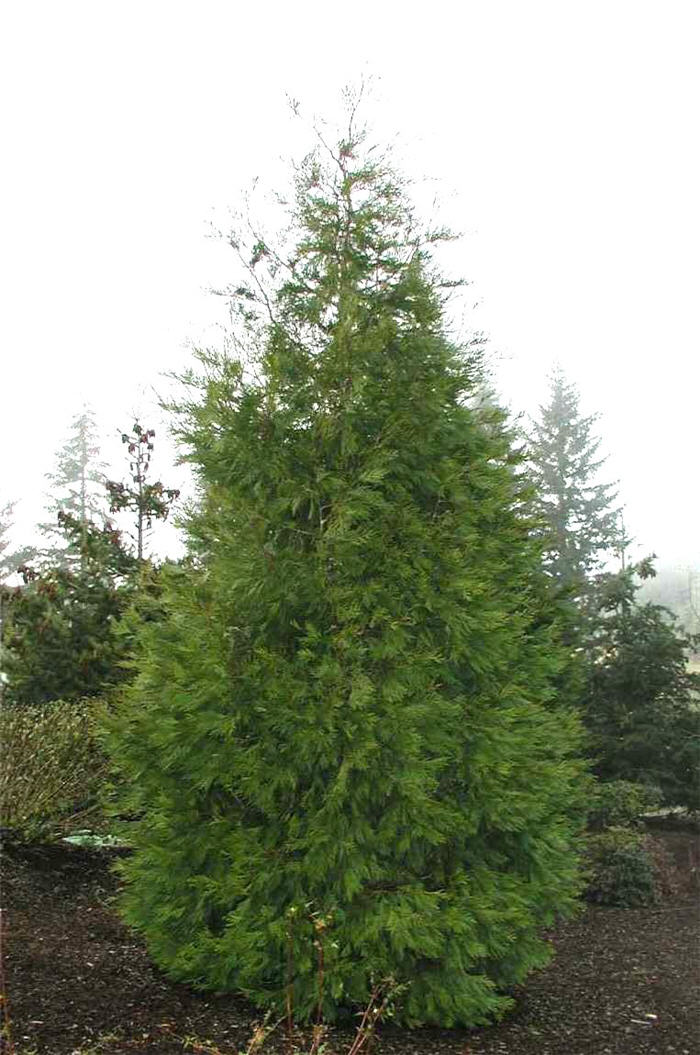| Botanical Name: Calocedrus decurrens | |
| Common Name: Incense Cedar |

-
Anatomy
-
Culture
-
Design
Plant Type
Tree, Conifer
Height Range
25-40', 40-60'
Flower Color
n/a
Flower Season
n/a
Leaf Color
Green, Dark Green
Bark Color
Brown, Red
Fruit Color
Brown, Red
Fruit Season
Summer
Sun
Full, Half, Shade
Water
Low, Extra in Summer
Growth Rate
Slow
Soil Type
Unparticular
Soil Condition
Average, Rich, Poor, Well-drained, Dry
Soil pH
Acid, Neutral, Basic
Adverse Factors
n/a
Design Styles
English Cottage, Formal, Mediterranean, Ranch, Wetlands, Woodland
Accenting Features
Fragrance, Silhouette, Specimen, Unusual Foliage
Seasonal Interest
Winter, Spring, Summer, Fall
Location Uses
Background, Lawn, Park
Special Uses
Hedge, Screen, Wind Break
Attracts Wildlife
Birds, Wildlife
Information by: Stephanie Duer
Photographer: Normans/Sortomme
Photographer: Normans/Sortomme
-
Description
-
Notes
Incense Cedar is a handsome evergreen with a stiff, narrowly columnar form in its youth, becoming more pyramidal in age. Shiny dark green needles hold their color well in winter months. Bark is brown, and turns yellowish brown to cinnamon red and is fibrous. Slow growing to 30 feet tall and 15 feet wide, though it may grow taller. Small brown cones appear in summer. Foliage is aromatic when brushed. It has low watering needs once it's established.
Prefers well-drained soils; full sun to light shade; and though it may be a little difficult to establish, it is not generally fussy about soil type. Not widely available but is worth seeking out.